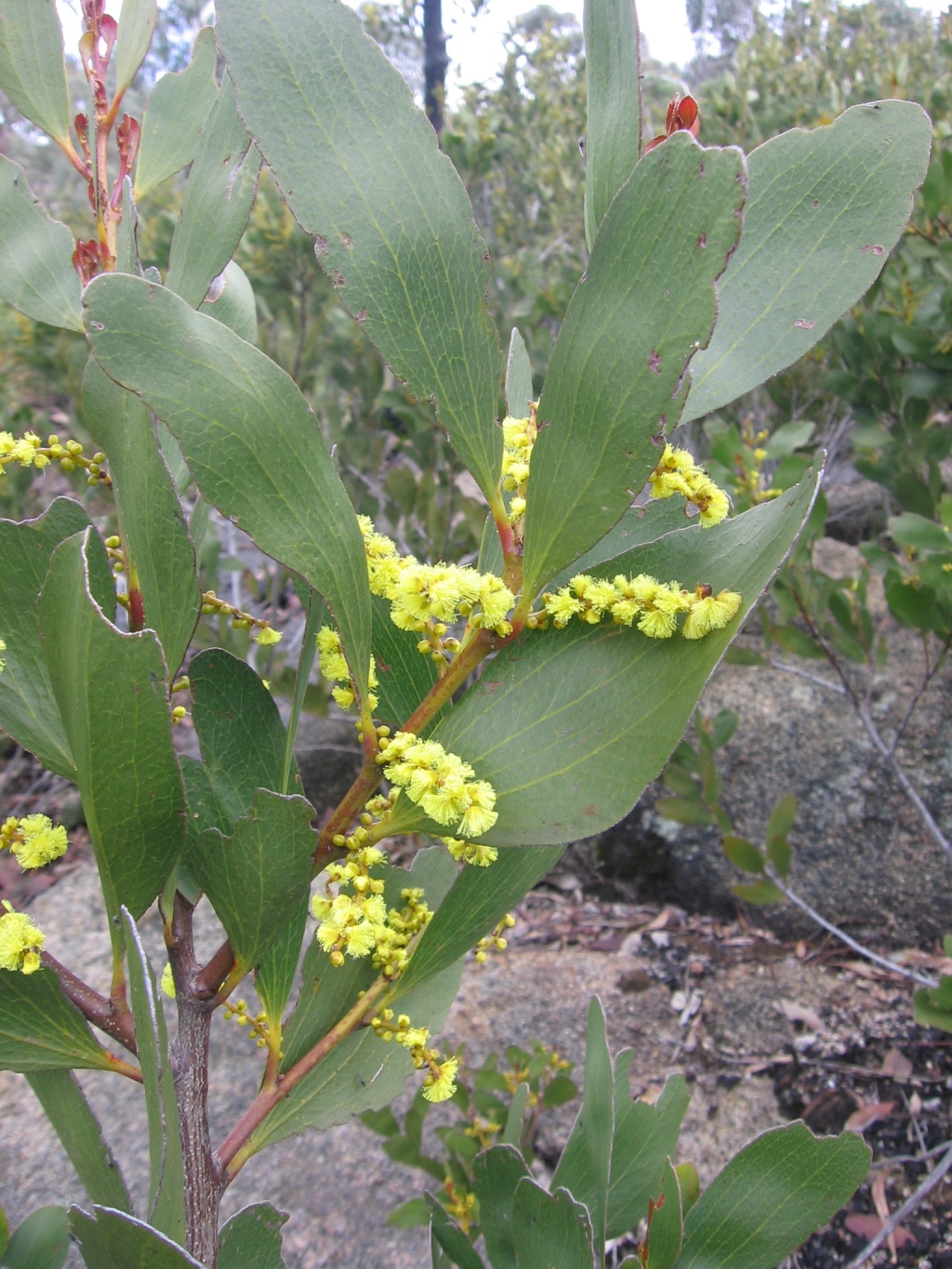Acacia phlebophylla
Buffalo Sallow-wattlein Ewart, Fl. Victoria. 1931: 607 (1931)
Taxonomic status
Accepted
Occurrence status
Present
–
endemic
Origin
Native
Degree of establishment
Native
Threat status
FFG:
Critically Endangered (CR)


